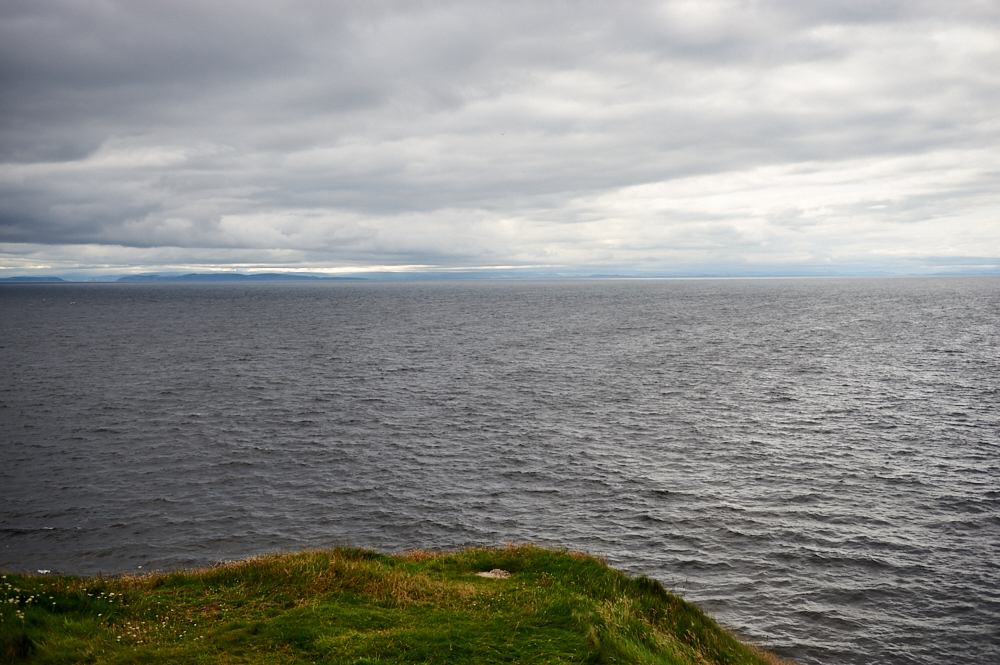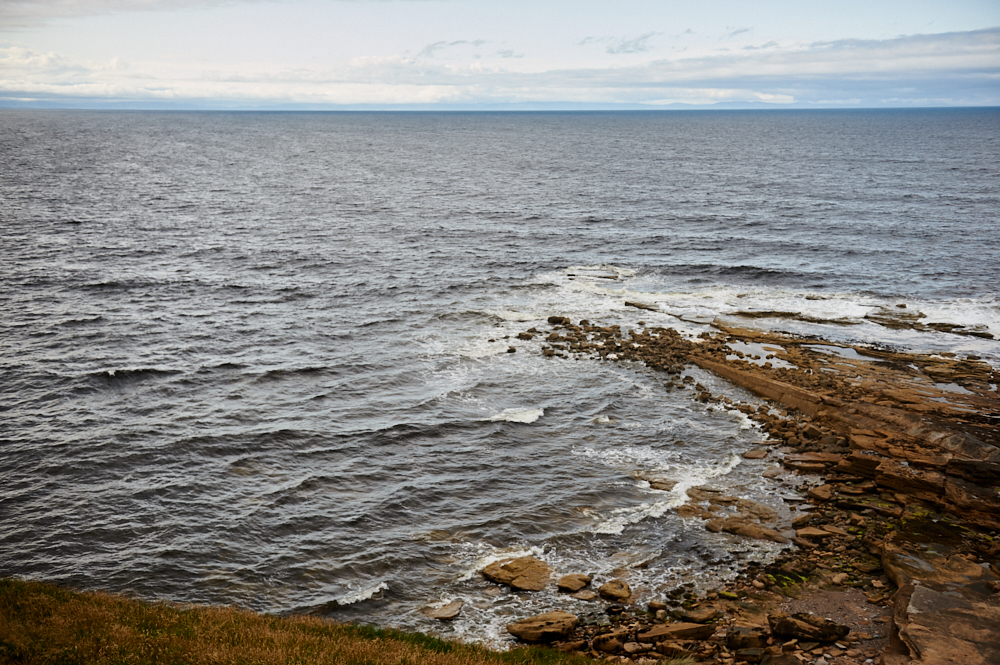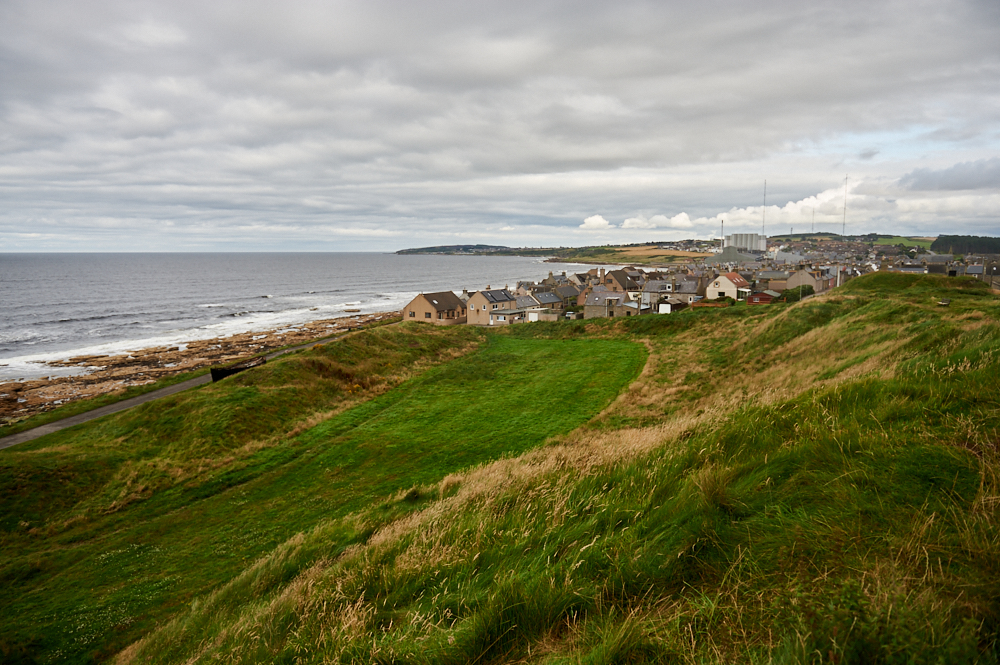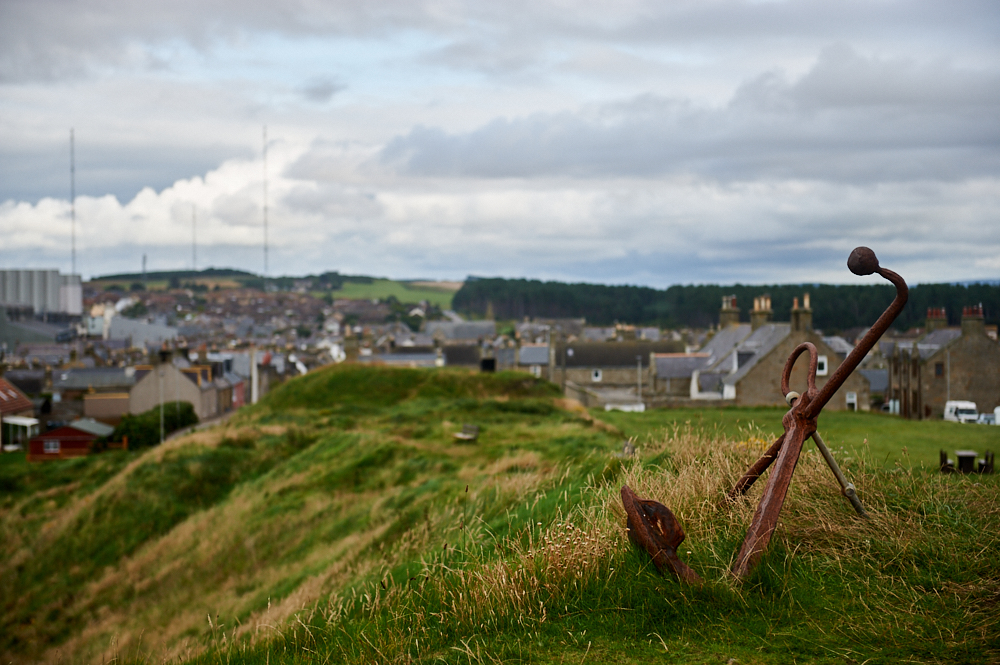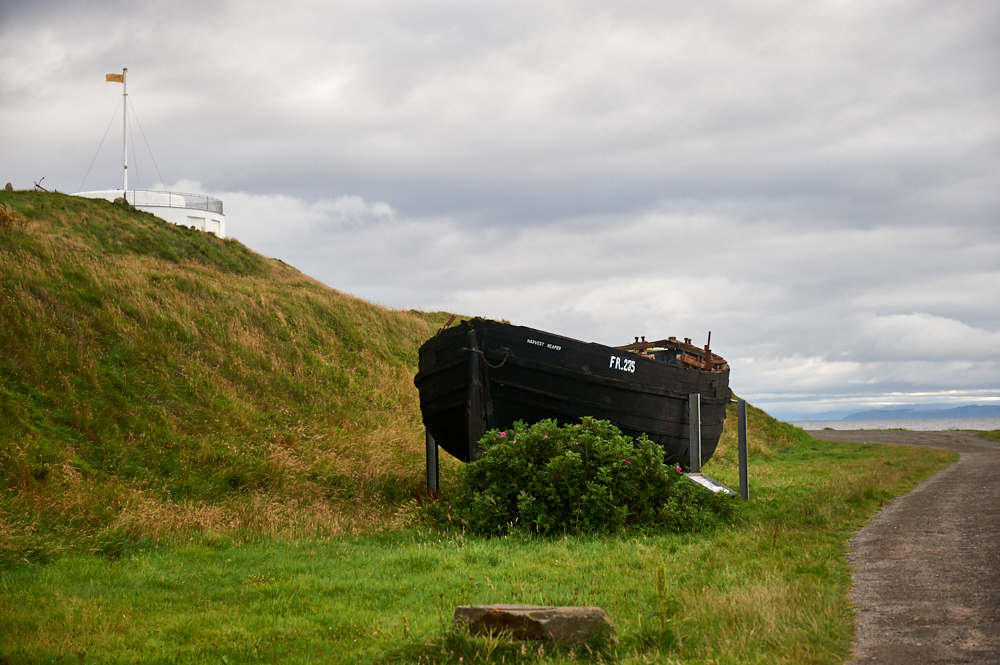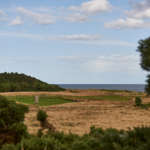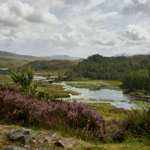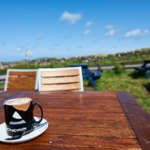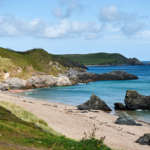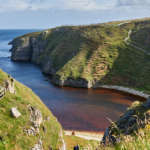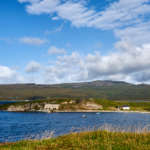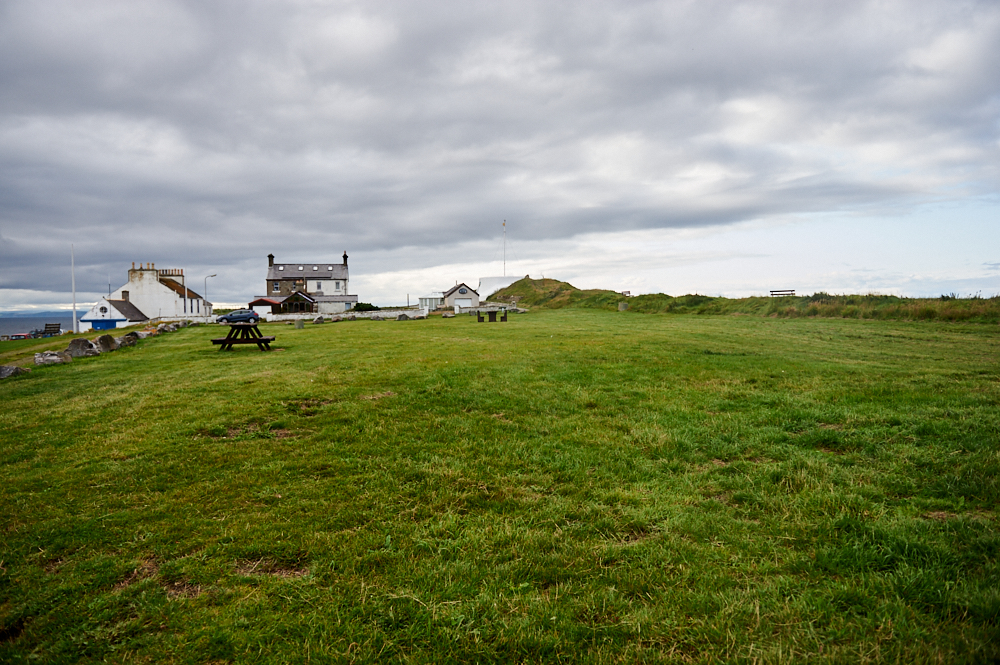
Burghead – Hopeman´s lovely neighbour village was built partly on a very important Pictish Fort. Burghead lies on a peninsula going into the Moray Firth and most of the town is surrounded by water on three sides.
The present town was built at the beginning of the 19th century and about half of the Pictish city was destroyed, back then it was believed to be a Roman fort.
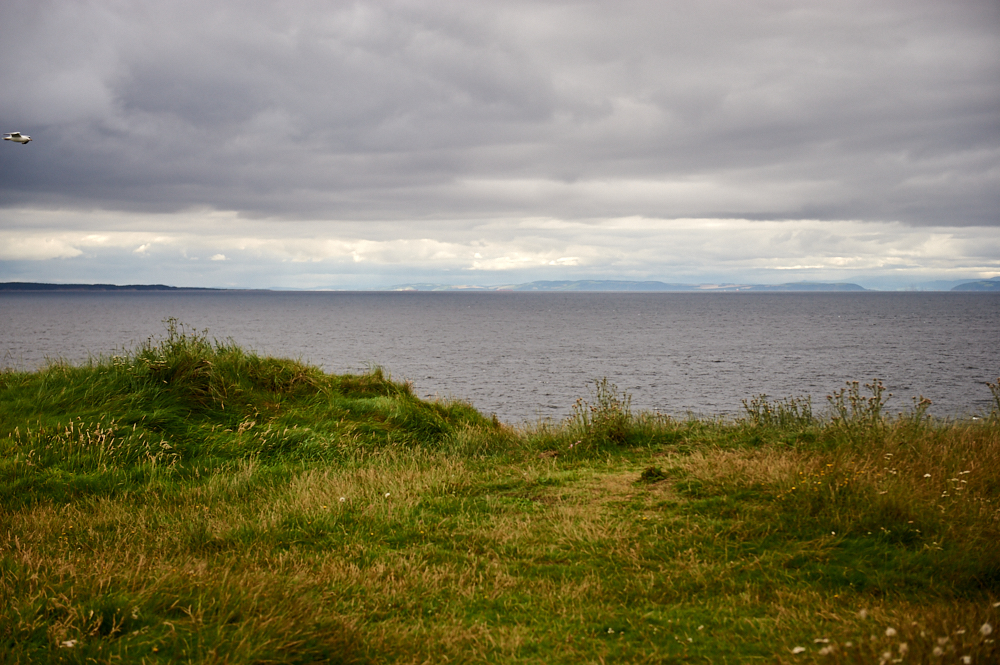
The easily defended headland was fortified during the early Iron Age and may have been settled considerably earlier. From the 300s what we now call Burghead became an important centre for the people referred to by the Romans as the Verturiones, who went on to establish the Pictish Kingdom of Fortriu: with, very probably, Burghead as its capital. (Undiscovered Scotland)
Over the next five centuries, a large fortress was built spanning over three hectares of land, the biggest centre of power in Scotland at that time.
In 884 it was captured by Sigurd the Powerful, the Norse Earl of Orkney, who rebuilt the fort and it became the centre of Norse power in Moray. The Danish called it Burghe and stayed until 1010 when the Scots came into power.
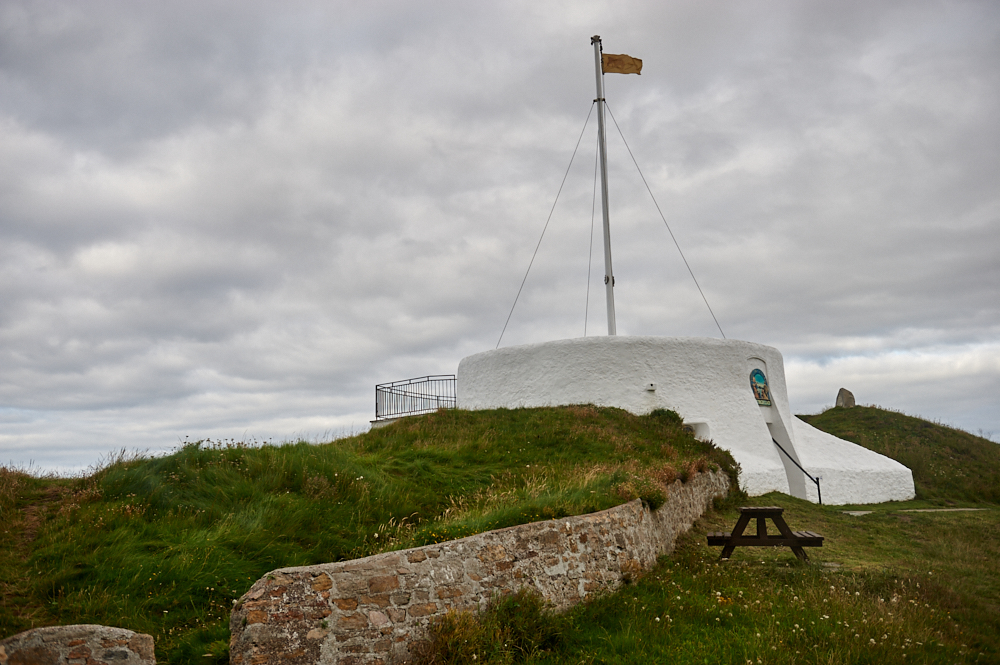
In the middle of the 18th century, the Stephen Family started to built boats in the small village that had found its place here.
Meanwhile, the spectacular earthworks that continued to stand on the promontory caused considerable interest among early antiquaries, who tended to attribute them either to the Norse or to the Romans, who almost certainly penetrated this far into Caledonia. (Undiscovered Scotland)
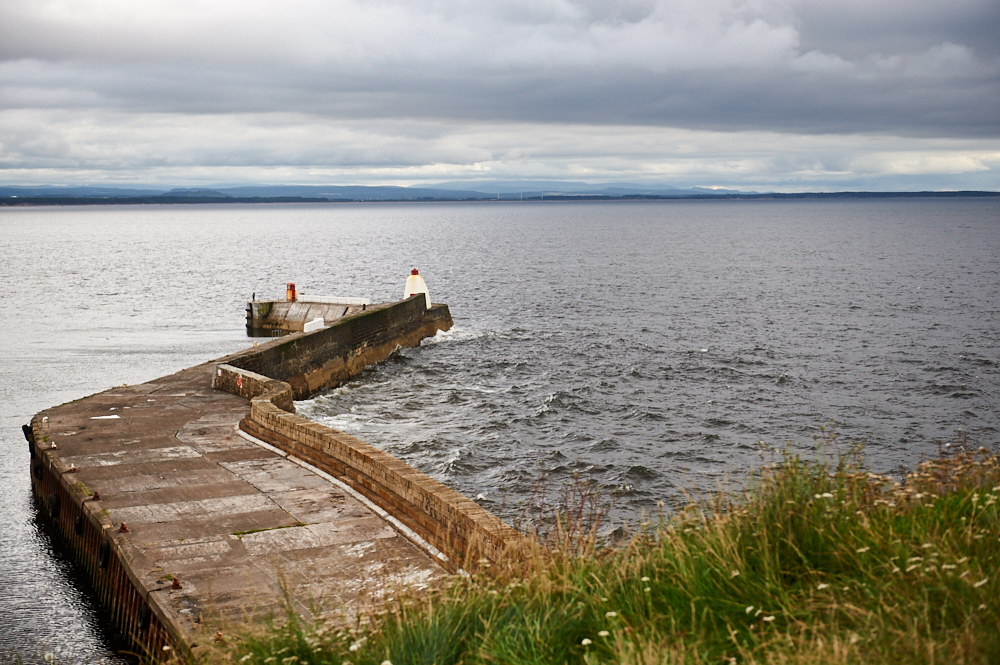
But this changed at the start of the 19th century when the village and the surrounding land was bought by William Young of Inverugie who had planned a much larger settlement with streets neatly laid out along a grid.
A harbour was built, warehouses and a coast guard station followed and Burghead became an important herring fishing port. Burghead was thriving but most of the Pictish fort was lost. Stones were used to building houses and the harbour. A Roman bath was roofed over and looks quite peculiar today. (To visit it you have to get the key from the Burghead Visitor Center, which was already closed on my second visit.)
The stone from the fortress ramparts was reused in the construction of the new harbour. During the destruction of the fortress 30 Pictish stones were discovered inscribed with pictures of bulls. Only six survive and it is assumed that the other 24 were simply used to help build the harbour. (Undiscovered Scotland)
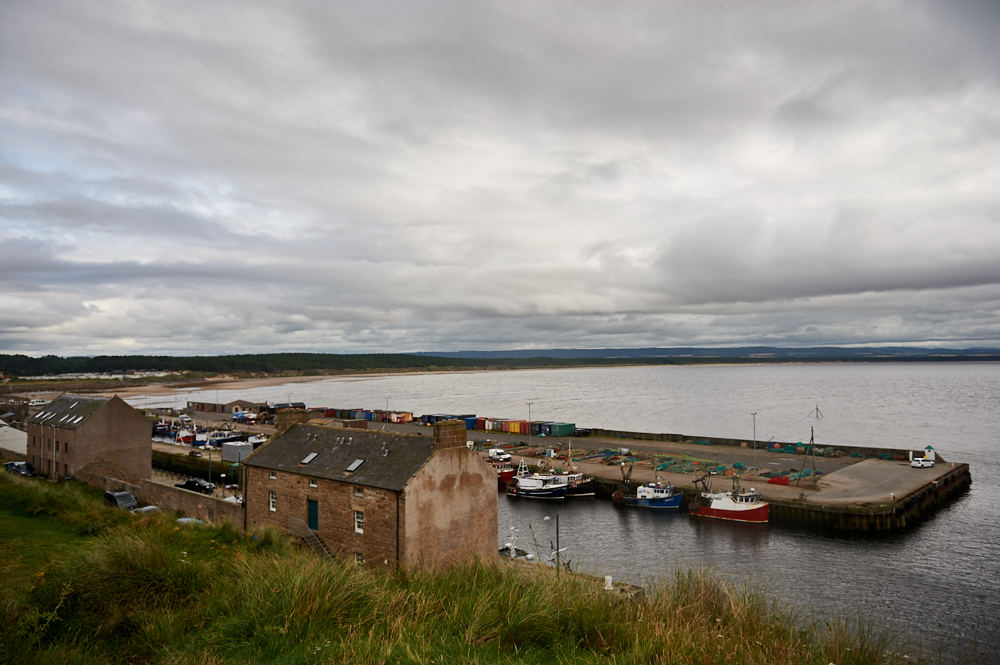
Today only little remained of the former Pictish fort right on top of the peninsula. And the views from up there are stunning and are known for watching the sea life. The charming visitor centre gives a little glimpse in how life might have been more than 1000 years ago.
